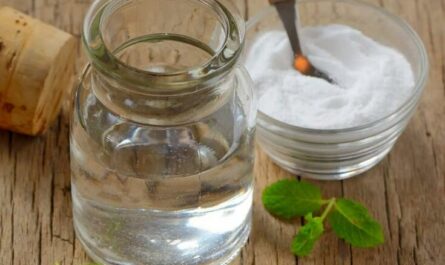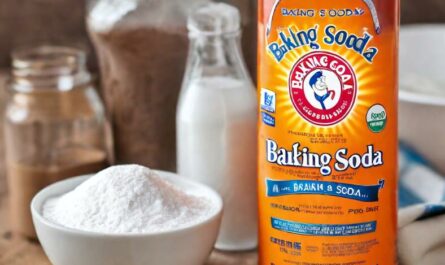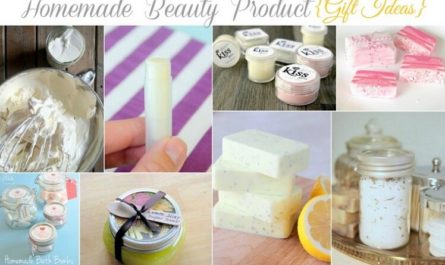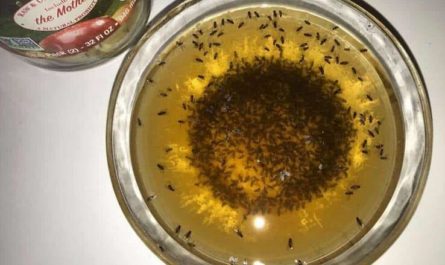Are you looking for a simple, affordable, and natural way to achieve a brighter, whiter smile? Look no further than baking soda! Baking soda is also known as sodium bicarbonate. It is a white, crystalline powder that has a wide range of uses, from baking and cleaning to personal care and oral hygiene.
Baking soda is a mild alkaline compound with a pH of around 8.3. This means that it can help neutralize acids in the mouth. In addition, Baking soda’s alkalinity also makes it an effective cleaning agent, as it can help dissolve and remove stubborn stains and buildup. In this article, we’ll discuss eight ways to use baking soda to safely and effectively whiten your teeth.
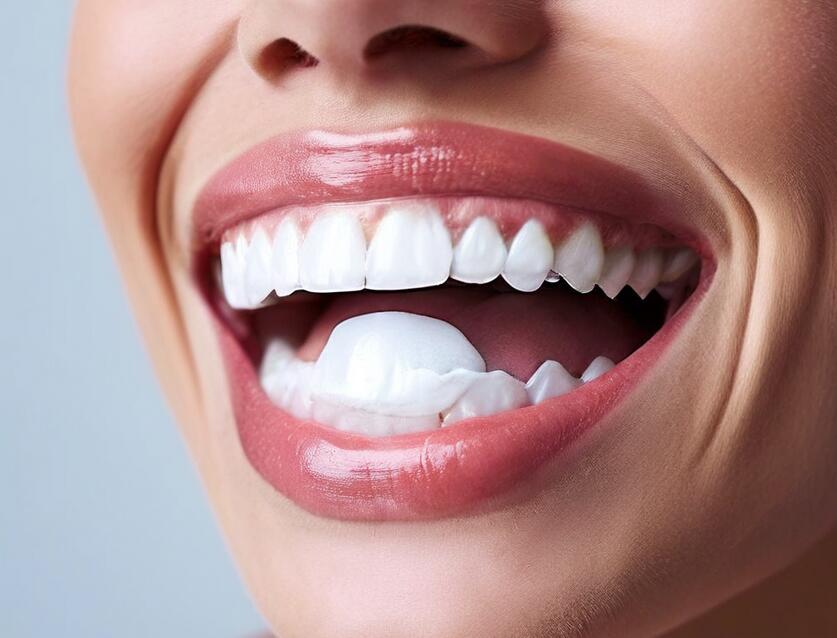
How does Baking Soda Whiten Teeth?
There are several ways in which baking soda works to remove stains and brighten your smile:
1. Mild Abrasive Action
One of the primary ways baking soda whitens teeth is through its mild abrasive properties. When you brush your teeth with baking soda, its tiny particles gently scrub the surface of your teeth, helping to remove surface stains and discoloration caused by factors such as:
- Drinking coffee, tea, or red wine
- Smoking or using tobacco products
- Consuming certain foods and beverages
- Natural aging process
The abrasive action of baking soda helps to break down and lift away these surface stains, revealing the whiter, brighter enamel beneath.
2. Neutralizing Acids
Another way baking soda helps whiten teeth is by neutralizing harmful acids in the mouth. When you consume sugary or acidic foods and drinks, the bacteria in your mouth feed on these substances and produce acid as a byproduct. This acid can erode tooth enamel, making your teeth more susceptible to staining and discoloration.
Baking soda’s alkaline nature helps neutralize these acids, creating a more balanced oral environment that is less conducive to staining. By regularly using baking soda to brush your teeth, you can help protect your enamel and maintain a whiter, healthier smile.
3. Penetrating Tooth Enamel and Dentin
The science behind baking soda’s whitening power goes beyond just surface stain removal. Research has shown that baking soda can actually penetrate the tooth enamel and dentin, breaking down and removing the compounds that cause staining.
Baking soda’s particles are small enough to reach into the tiny crevices and pores of the teeth, effectively lifting away stubborn stains that may have accumulated over time. This deep-cleaning action helps to whiten teeth from the inside out.
4. Antibacterial Properties
In addition to its whitening benefits, baking soda has also been shown to have antibacterial properties. By reducing the presence of harmful oral bacteria, baking soda can help maintain a healthier, whiter smile.
In addition, When you brush your teeth with baking soda, you’re not only removing surface stains but also creating an environment that is less hospitable to stain-causing bacteria. This can help prevent future discoloration and promote overall oral health.

How to Whiten Your Teeth with Baking Soda:8 Methods
There are several ways you can incorporate baking soda into your oral hygiene routine to help whiten your teeth. Here are some popular methods:
1. Baking Soda and Water Paste
The simplest way to use baking soda for teeth whitening is to create a paste using equal parts baking soda and water. Here’s how:
- Mix 1 teaspoon of baking soda with 1 teaspoon of water in a small bowl until a paste forms.
- Dip your toothbrush into the paste and gently brush your teeth for about 2 minutes, focusing on areas with the most visible stains.
- Rinse your mouth thoroughly with water.
- Repeat this process once or twice a week for best results.
For an extra boost of freshness, you can add a drop of peppermint essential oil to the paste. This will not only provide a pleasant taste but also help freshen your breath.
2. Baking Soda and Hydrogen Peroxide Paste
For more intense whitening, combine baking soda with hydrogen peroxide:
- Mix 1 teaspoon of baking soda with 2 teaspoons of hydrogen peroxide to create a paste.
- Apply the paste to your teeth using a soft-bristled toothbrush and gently brush for 1-2 minutes.
- Rinse your mouth thoroughly with water.
- Use this method once a week, as hydrogen peroxide can be harsh on your teeth and gums if used too frequently.
Hydrogen peroxide is a well-known bleaching agent that can help to whiten teeth by breaking down tough stains. When combined with baking soda, the two ingredients work together to create a powerful whitening solution.
The baking soda gently scrubs away surface stains. The hydrogen peroxide penetrates deeper to break down stubborn discoloration.
However, it’s essential to use a low concentration of hydrogen peroxide (3%). You should also limit the frequency of use to avoid potential side effects like tooth sensitivity and gum irritation.
3. Baking Soda and Toothpaste
Add baking soda to your regular toothpaste for an extra whitening boost:
- Pour a small amount of baking soda into a shallow dish.
- Apply a pea-sized amount of toothpaste to your toothbrush, then roll the toothpaste in the baking soda to coat it.
- Brush your teeth as usual, then rinse thoroughly with water.
- Use this method every other day for up to 2 weeks, then reduce it to once or twice a week for maintenance.
When combining baking soda with toothpaste, it’s best to use a fluoride-based toothpaste to help protect your teeth from decay. Look for toothpastes that are low in abrasiveness and contain gentle whitening ingredients like hydrogen peroxide or carbamide peroxide.
Avoid using whitening toothpastes that contain harsh abrasives like silica, as these can damage your tooth enamel when combined with baking soda.
4. Baking Soda Mouthwash
You can create a baking soda mouthwash for a quick and easy whitening solution:
- Dissolve 1 teaspoon of baking soda in a cup of water.
- Swish the solution around in your mouth for 30 seconds to 1 minute.
- Spit out the mouthwash and rinse your mouth with water.
- Use this mouthwash once a day for best results.
Using a baking soda mouthwash can help to freshen your breath, neutralize acids, and gently whiten your teeth over time. In addition, The alkaline nature of baking soda helps to create an environment that is less conducive to the growth of harmful bacteria.
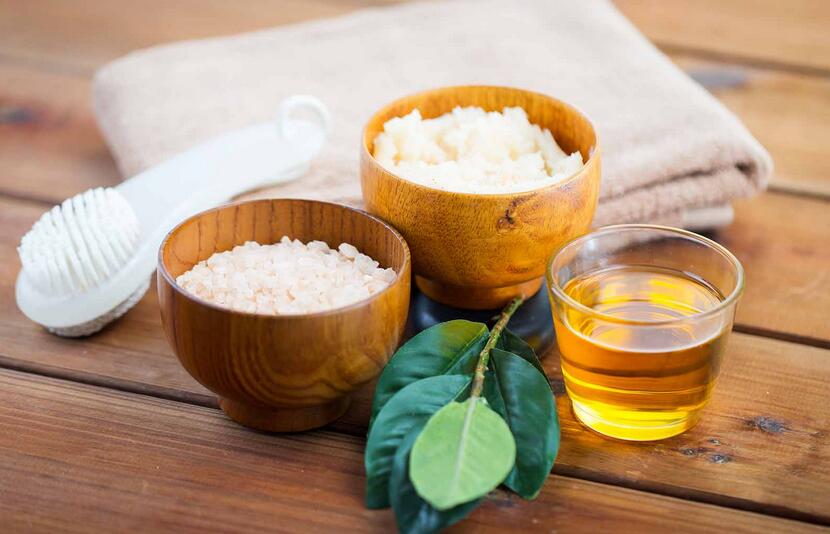
5. Baking Soda and Lemon Juice Paste
Lemon juice contains citric acid, which can help to naturally whiten teeth:
- Mix 1 teaspoon of baking soda with enough lemon juice to create a paste.
- Apply the paste to your teeth using a soft-bristled toothbrush and gently brush for 1-2 minutes.
- Rinse your mouth thoroughly with water.
- Use this method once a week, as the acidity of lemon juice can erode tooth enamel if used too frequently.
While lemon juice can be an effective natural whitening agent, it’s important to use it sparingly and with caution. The high acidity of lemon juice can erode tooth enamel over time, leading to sensitivity and increased risk of decay.
To minimize the potential for enamel damage, always dilute lemon juice with water or baking soda, and limit the frequency of use to once a week or less.
After using lemon juice and baking soda paste, rinse your mouth thoroughly with water and wait at least 30 minutes.
6. Baking Soda and Coconut Oil Paste
Coconut oil has gained popularity for its potential oral health benefits, including teeth whitening:
- Mix 1 teaspoon of baking soda with enough coconut oil to form a paste.
- Brush your teeth with the paste for 1-2 minutes.
- Rinse your mouth thoroughly with water.
- Repeat 2-3 times a week for optimal results.
Coconut oil is a natural antibacterial and antifungal agent that can help to reduce harmful bacteria in your mouth, preventing tooth decay and bad breath. Its lauric acid content also helps to break down plaque and remove surface stains.
When combined with baking soda, coconut oil can help to whiten your teeth while promoting overall oral health. Plus, the pleasant taste of coconut oil can make the teeth-whitening process more enjoyable.
7. Baking Soda and Strawberry Paste
Strawberries contain malic acid, which can help to remove surface stains from teeth:
- Mash 1-2 ripe strawberries and mix with 1 teaspoon of baking soda to create a paste.
- Apply the paste to your teeth using a soft-bristled toothbrush and gently brush for 1-2 minutes.
- Rinse your mouth thoroughly with water.
- Use this method once a week, as the acidity of strawberries can erode tooth enamel if used too frequently.
Malic acid, the primary whitening agent in strawberries, is a type of alpha-hydroxy acid (AHA) that is commonly used in skincare products for its exfoliating properties.
When applied to teeth, malic acid can help to break down and remove surface stains, revealing brighter, whiter teeth underneath.
However, like lemon juice, strawberries are highly acidic and can erode tooth enamel if used too frequently or left on the teeth for too long. Always use strawberries in moderation and rinse your mouth thoroughly with water after use.
8. Baking Soda and Apple Cider Vinegar Mouthwash
Apple cider vinegar has natural whitening properties that can help to brighten your smile:
- Mix 1 teaspoon of baking soda with 2 tablespoons of apple cider vinegar and 1/2 cup of water.
- Swish the solution around in your mouth for 30 seconds to 1 minute.
- Spit out the mouthwash and rinse your mouth with water.
- Use this mouthwash once a day for best results.
Apple cider vinegar contains acetic acid, which has been shown to have antibacterial properties. When used as a mouthwash, apple cider vinegar can help to kill harmful bacteria in your mouth, reducing the risk of tooth decay and gum disease.
The mild acidity of apple cider vinegar can also help to remove surface stains and brighten teeth over time.
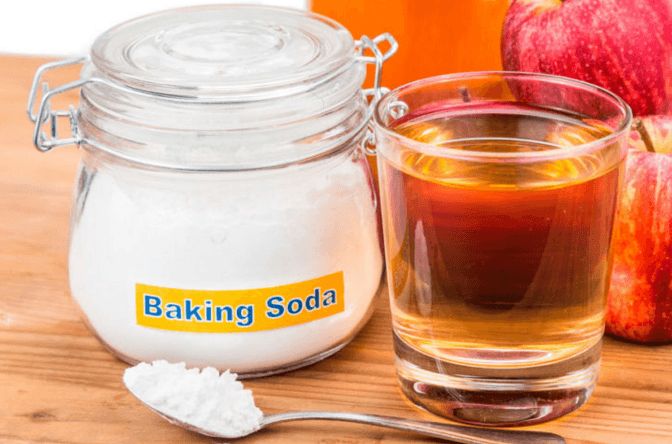
Alternative Teeth Whitening Methods
While baking soda can be an effective and affordable way to whiten your teeth, it may not work for everyone or for all types of stains. If you’re looking for alternative teeth whitening methods, consider:
1. Over-the-counter whitening products
Whitening toothpaste, strips, and gels containing hydrogen peroxide or carbamide peroxide can help remove surface stains and gradually whiten teeth.
Look for products with the American Dental Association (ADA) Seal of Acceptance, which indicates that they have been evaluated for safety and effectiveness.
2. Professional whitening treatments
In-office whitening treatments performed by a dentist can provide more dramatic results in a shorter amount of time.
These treatments use higher concentrations of whitening agents and may be more suitable for stubborn stains. Your dentist can also provide custom-fitted whitening trays for at-home use, which can help maintain your results.
Precautions and Potential Side Effects
While baking soda is generally safe and effective for teeth whitening, there are some precautions to keep in mind:
- Overuse can damage enamel: Baking soda’s abrasive nature can wear away tooth enamel if used too frequently or aggressively. Limit your use of baking soda to once or twice a week, and always use gentle, circular motions when brushing.
- Not a substitute for regular toothpaste: Baking soda does not contain fluoride, which is essential for preventing cavities and strengthening tooth enamel. Use baking soda in addition to, not as a replacement for, your regular fluoride toothpaste.
- May cause tooth sensitivity: Some people may experience increased tooth sensitivity after using baking soda, especially if they have receding gums or exposed tooth roots. If you notice any discomfort, discontinue use and consult your dentist.
- Not suitable for everyone: People with braces, permanent retainers, or other dental work should avoid using baking soda, as it can soften the bonding materials used. Always check with your dentist before starting a new whitening regimen.
Common Questions
1. Is it safe to whiten teeth with baking soda?
Yes, it is generally safe to whiten teeth with baking soda when used in moderation and as directed. However, overuse or aggressive brushing with baking soda can damage tooth enamel, leading to sensitivity and an increased risk of decay.
Always use a soft-bristled toothbrush and gentle circular motions when brushing with baking soda. You should also limit use to 1-3 times a week, depending on the method chosen.
2. How long does it take to see results from whitening teeth with baking soda?
The time it takes to see results from whitening teeth with baking soda varies depending on factors such as the severity of staining, frequency of use, and the specific method employed.
Some people may notice a difference after a single use, while others may require several weeks of consistent use to see significant improvement. Generally, it’s best to use baking soda for teeth whitening consistently for 2-4 weeks to achieve noticeable results.
3. Will baking soda damage my tooth enamel?
When used in moderation and as directed, baking soda should not damage your tooth enamel. However, overuse or aggressive brushing with baking soda can erode enamel over time, leading to sensitivity and increased risk of decay.
To minimize the risk of enamel damage, always use a soft-bristled toothbrush, brush gently, and limit the frequency of use to 1-3 times a week.
4. Can I use baking soda to whiten my teeth if I have braces or permanent retainers?
It’s best to avoid using baking soda for teeth whitening if you have braces, permanent retainers, or other dental appliances. The abrasive nature of baking soda can damage the glue used to attach these appliances to your teeth.
If you want to whiten your teeth and have dental appliances, consult with your dentist or orthodontist for safe and effective options.
5. How often should I whiten my teeth with baking soda?
The frequency of teeth whitening with baking soda depends on the specific method you choose and your individual needs.
In general, it’s best to limit the use of baking soda for teeth whitening to 1-3 times a week to avoid potential enamel damage and sensitivity issues. Some methods, such as baking soda and hydrogen peroxide paste, should be used even less frequently (once a week).

